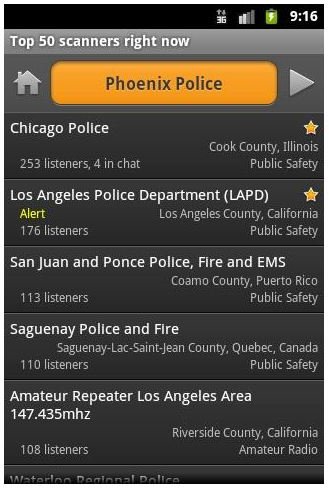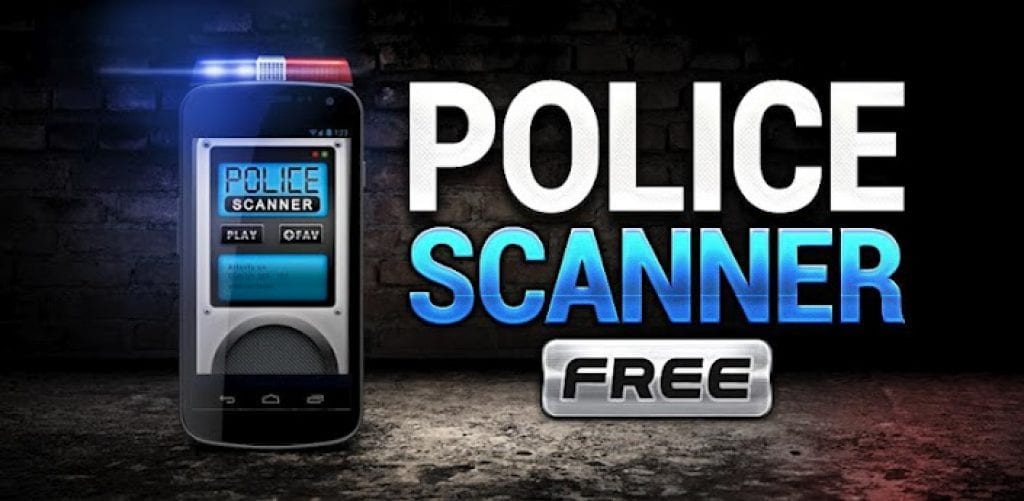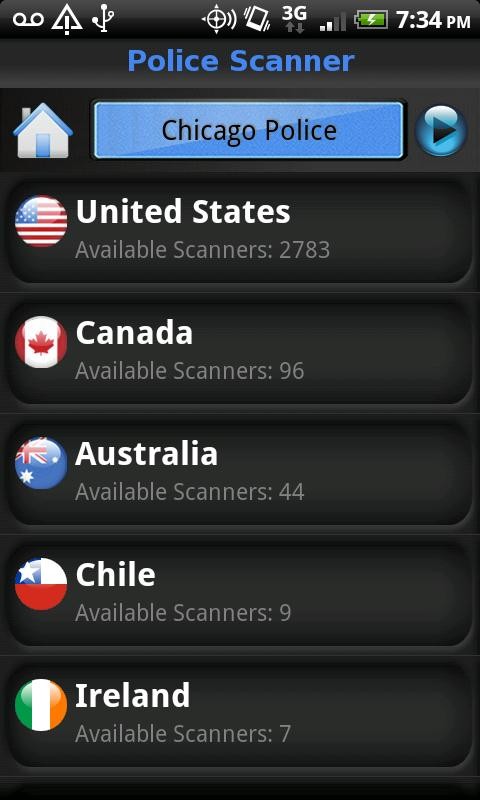

- POLICE SCANNER APP THAT LETS YOU ENTER FREQUENCIES PORTABLE
- POLICE SCANNER APP THAT LETS YOU ENTER FREQUENCIES LICENSE

If you specify a scanlist number, the frequencies will be imported into the scanlist you specify otherwise, they will be imported to your default scanlist. Scanlist (optional): Currently, only Whistler’s EZ Scan is supported.Frequencies with an effective date in the future are also shown.
POLICE SCANNER APP THAT LETS YOU ENTER FREQUENCIES LICENSE
If either a license effective data or a frequency first use date fall within the timeframe you specify, the frequency will be shown on the results page. For example, if you enter “52”, only frequencies created or modified within the last year will be shown. All frequencies newer than the timeframe you specify will be shown. Enter the number of weeks (in whole numbers, no decimal or fraction) of time in the past that you would like to search.

Age (optional): Age allows you to limit your search to frequencies that are new or have been recently modified.This would search frequencies between 150.750 MHz and 150.800 MHz. For instance, if you found traffic on 150.775 MHz, you might input “150.775” in the first box and “0.025” in the second box (search a range allows you to compensate for tuning errors or filter widths). You can also use this function to identify a frequency you found while scanning. To search a range of frequencies, enter the center frequency in the first box then enter the range in the second box.įor example, to search the entire land mobile VHF high band, enter “162” in the first box and “12” in the range box, which will search from 150 MHz to 174 MHz. To enter a single frequency, simply type it in the first box (you can leave the range box empty). Frequencies should be entered in megahertz (MHz). Frequency (optional): This allows you to limit your search to a specific frequency or frequency range.A setting of 100 watts and above will return high power systems that cover a large area. A setting of 50-75 watts will show higher power transmitters that you are more likely to receive.
POLICE SCANNER APP THAT LETS YOU ENTER FREQUENCIES PORTABLE
A setting of 10 watts will exclude most portable and low power transmitters. Values of 0-150 watts are reasonable for this box. By filtering out low power frequencies, you will increase your likelihood of receiving broadcasts it will also substantially reduce the number of frequencies returned, making it easier to sift through the results. You are more likely to receive broadcasts that have a higher transmit power. Only frequencies authorized to transmit above the value you specify will be returned.


 0 kommentar(er)
0 kommentar(er)
